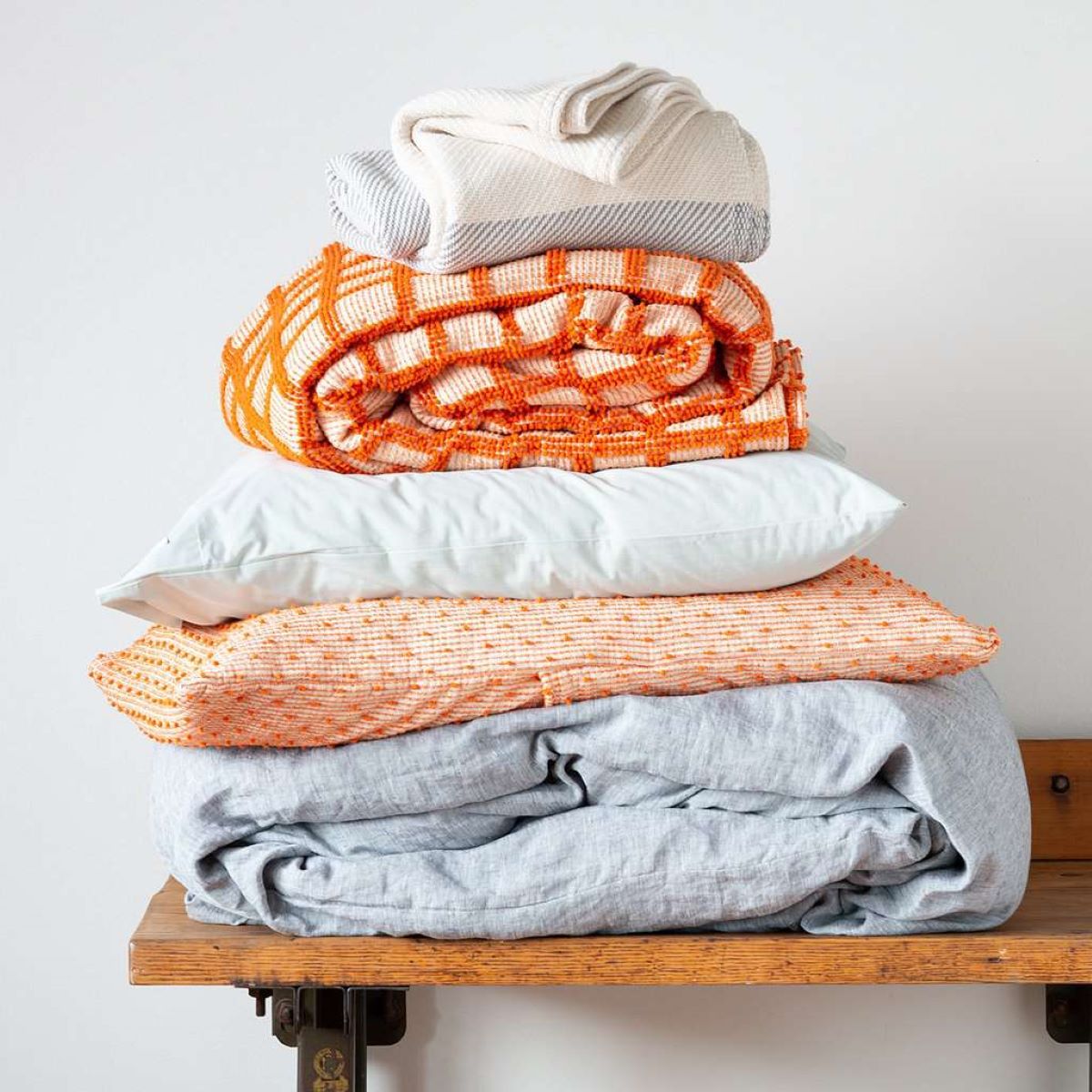

Articles
How To Store Comforters And Blankets
Modified: January 6, 2024
Learn the best method for storing comforters and blankets with these informative articles. Keep your linens organized and protected all year round.
(Many of the links in this article redirect to a specific reviewed product. Your purchase of these products through affiliate links helps to generate commission for Storables.com, at no extra cost. Learn more)
Introduction
Comforters and blankets are essential items in our homes, providing warmth and coziness during colder months. However, when the seasons change, it’s important to store these bulky items properly to protect them from damage and keep them fresh for future use. In this article, we will guide you through the process of storing comforters and blankets effectively.
By following these simple steps, you can ensure that your comforters and blankets remain in excellent condition, ready to provide comfort and warmth when you need them again. So, let’s get started!
Key Takeaways:
- Keep comforters and blankets fresh by cleaning them thoroughly before storage. Proper folding and breathable storage containers protect them from damage and pests, ensuring they remain in excellent condition for future use.
- Choose a suitable storage location and implement strategies to avoid moisture and pests. By taking preventive measures and periodic inspections, you can preserve the quality of your comforters and blankets for cozy nights ahead.
Step 1: Clean the comforters and blankets
The first step in storing your comforters and blankets is to ensure they are clean and free from any dirt, stains, or odors. Start by checking the care label or manufacturer’s instructions to determine the appropriate cleaning method.
In most cases, you can machine wash comforters and blankets on a gentle cycle with a mild detergent. Use cold or warm water, depending on the fabric type. Avoid using bleach or harsh chemicals, as they can damage the fibers.
Before washing, inspect the items for any spots or stains. Treat them with a stain remover or spot cleaner according to the manufacturer’s instructions. Allow the cleaner to penetrate the fabric for a few minutes before washing.
Once the cleaning process is complete, make sure to thoroughly rinse the comforters and blankets to remove any detergent residue. Excess detergent can attract dirt and cause the fabric to become stiff over time.
After rinsing, it’s essential to dry the comforters and blankets properly. Depending on their size and fabric type, you can tumble dry them on a low-heat setting or hang them outside to air dry. Make sure they are completely dry before moving on to the next step.
By starting with freshly cleaned comforters and blankets, you are ensuring that no dirt or odors are trapped during storage. This will help maintain the freshness and quality of the items.
Step 2: Fold them properly
Proper folding is crucial to prevent wrinkles, creases, and unnecessary strain on comforters and blankets during storage. Here’s how to fold them effectively:
- Start by spreading the comforter or blanket on a flat, clean surface. Smooth out any wrinkles or folds.
- Fold the comforter or blanket in half lengthwise, bringing one end to meet the other. Ensure that the edges align evenly.
- Fold it in half again lengthwise, keeping the edges aligned.
- Continue folding in half, repeating the process until the comforter or blanket is a manageable size for storage.
If you are dealing with a particularly large comforter or blanket, you can also fold it into thirds rather than halves.
It’s important to avoid folding the comforter or blanket too tightly, as this can cause unnecessary stress on the fabric and may result in permanent creases. Allow for some breathing room to maintain the fluffiness and shape of the items.
Once folded, secure the comforter or blanket with twine or elastic bands to prevent it from unfolding during storage.
By following these folding techniques, you are ensuring that your comforters and blankets remain wrinkle-free and in pristine condition until you need them again.
Step 3: Store in breathable bags or containers
After folding your comforters and blankets, it’s important to choose the right storage method. Storing them in breathable bags or containers will help protect them from dust, moisture, and pests. Here’s what you need to do:
- Opt for breathable storage bags made of cotton or linen. These materials allow air circulation, preventing the buildup of moisture and mildew.
- Avoid using plastic bags or airtight containers, as they can trap moisture and promote the growth of mold and mildew.
- Place the folded comforter or blanket inside the breathable bag.
- If using a storage container, make sure it is clean and dry. Line the bottom with acid-free tissue paper or a cotton sheet to create a protective barrier between the fabric and the container.
- Place the bagged or folded comforter or blanket inside the container.
It’s important to avoid overcrowding the storage containers, as this can put unnecessary pressure on the comforters and blankets, causing them to lose their shape or become damaged.
Additionally, consider using moisture-absorbing packets or silica gel packs inside the containers to help control humidity and protect against dampness.
Label the containers with the contents and date to easily locate specific comforters or blankets when needed.
By storing your comforters and blankets in breathable bags or containers, you are ensuring their protection from dust, moisture, and pests, keeping them in excellent condition for future use.
Store comforters and blankets in a breathable storage bag or container to prevent moisture buildup. Add a few cedar blocks or lavender sachets to keep them smelling fresh. Avoid storing in plastic, as it can trap moisture and lead to mildew.
Step 4: Choose a suitable storage location
Choosing the right storage location for your comforters and blankets is crucial to maintaining their quality. Here are some factors to consider when selecting a suitable storage area:
- Find a cool and dry area: Comforters and blankets are prone to damage from moisture and high temperature fluctuations. Look for a storage space that is cool, dry, and well-ventilated.
- Avoid direct sunlight: Prolonged exposure to sunlight can fade the colors of your comforters and blankets. It’s crucial to choose a location away from direct sunlight, such as a closet or under-the-bed storage area.
- Consider climate-controlled areas: If you live in an area with extreme temperature and humidity changes, consider storing your comforters and blankets in a climate-controlled storage unit. This will provide optimal conditions to protect them from damage.
- Keep them off the floor: Avoid storing your comforters and blankets directly on the floor, as it can make them vulnerable to pests, dampness, and dirt. Use shelves, plastic bins, or racks to keep them elevated.
- Avoid areas with potential hazards: Ensure that your chosen storage location is free from potential hazards such as water leaks, pests, or chemicals that could harm your items.
- Consider accessibility: Store your comforters and blankets in a location that is easily accessible. This will make it convenient when you need to retrieve them for use.
By selecting a suitable storage location, you can ensure that your comforters and blankets are well-protected and remain in excellent condition until you need them again.
Step 5: Avoid moisture and pests
Moisture and pests can cause significant damage to your stored comforters and blankets. To ensure their long-term preservation, follow these tips to avoid moisture and pests:
- Use moisture-absorbing products: Place moisture-absorbing packets or silica gel packs inside the storage containers to control humidity levels. This helps prevent mildew, mold, and musty odors from forming on your items.
- Avoid storing in damp areas: Moisture-prone environments such as basements or attics should be avoided as they can lead to mildew and mold growth. Instead, choose dry storage areas with low humidity levels.
- Inspect for signs of pests: Before storing your comforters and blankets, thoroughly inspect them for any signs of pests like moths, bedbugs, or carpet beetles. If you find any evidence of infestation, take appropriate measures to eliminate the pests before storing your items.
- Use natural pest deterrents: To prevent pests from infesting your stored items, consider using natural pest deterrents such as lavender sachets, cedar chips, or essential oils known to repel insects. Place these deterrents inside the storage containers or bags.
- Regularly check for pest activity: Even after taking preventive measures, it’s essential to periodically check for any signs of pest activity. Regular inspections will help you detect and address any potential infestations before they become a major problem.
- Keep the storage area clean: Maintaining a clean storage area is crucial in pest prevention. Regularly vacuum the storage space and keep it free from dust, dirt, and food debris that may attract pests.
By implementing these strategies to avoid moisture and pests, you can ensure that your comforters and blankets remain clean, fresh, and free from damage during storage.
Conclusion
Properly storing your comforters and blankets is essential to ensure their longevity and maintain their quality. By following the steps outlined in this article, you can protect your items from damage and keep them fresh for future use.
Start by cleaning your comforters and blankets thoroughly, removing any dirt, stains, or odors. Then, fold them properly to prevent wrinkles and creases. Remember to store them in breathable bags or containers to protect them from dust, moisture, and pests.
Choose a suitable storage location that is cool, dry, and free from potential hazards. By avoiding direct sunlight, moisture-prone areas, and pests, you can safeguard your comforters and blankets from damage throughout their storage period.
Remember to periodically check for signs of pests and ensure the storage area remains clean and well-maintained. By taking preventive measures and using natural pest deterrents, you can minimize the risk of infestation.
When the time comes to retrieve your stored comforters and blankets, you’ll find them in excellent condition, ready to provide warmth and comfort once again.
So, follow these steps and properly store your comforters and blankets to ensure their longevity and preserve their quality. With a little effort and care, you can enjoy cozy nights with fresh and well-kept bedding.
Frequently Asked Questions about How To Store Comforters And Blankets
Was this page helpful?
At Storables.com, we guarantee accurate and reliable information. Our content, validated by Expert Board Contributors, is crafted following stringent Editorial Policies. We're committed to providing you with well-researched, expert-backed insights for all your informational needs.

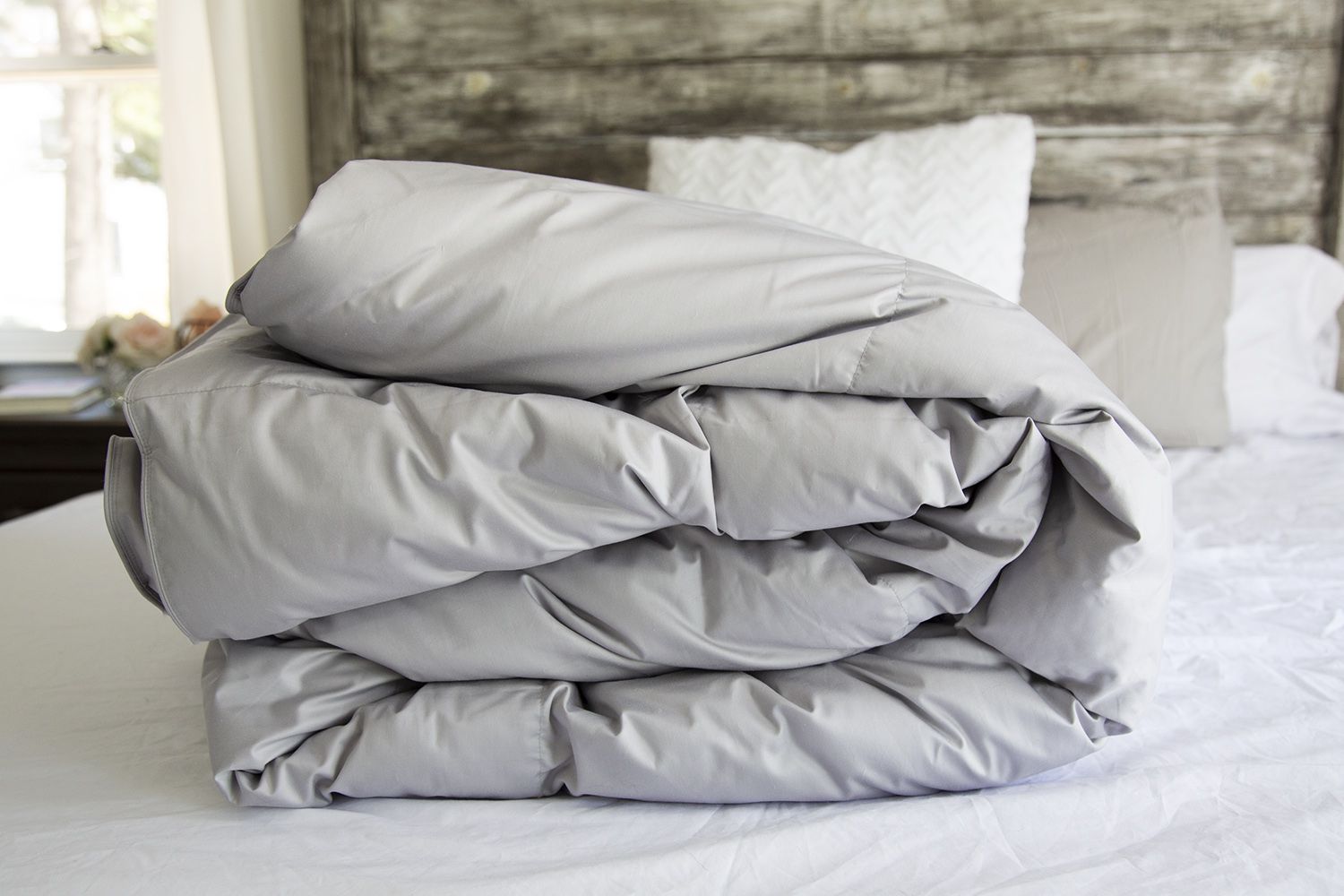
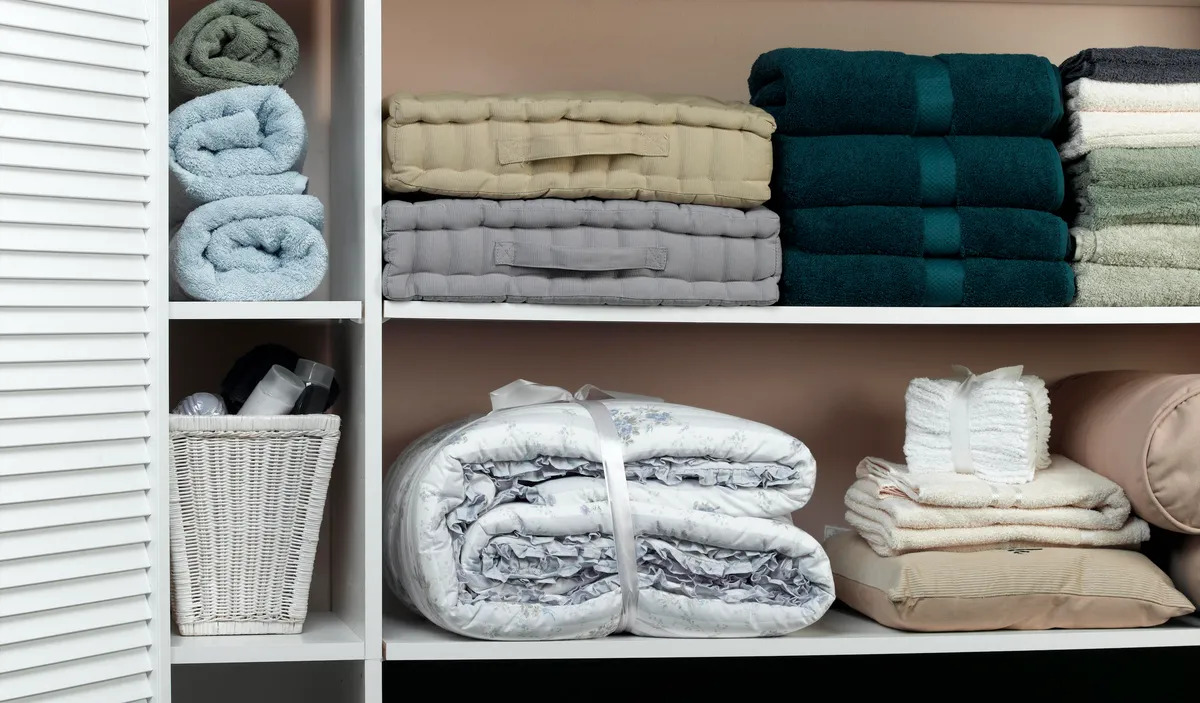

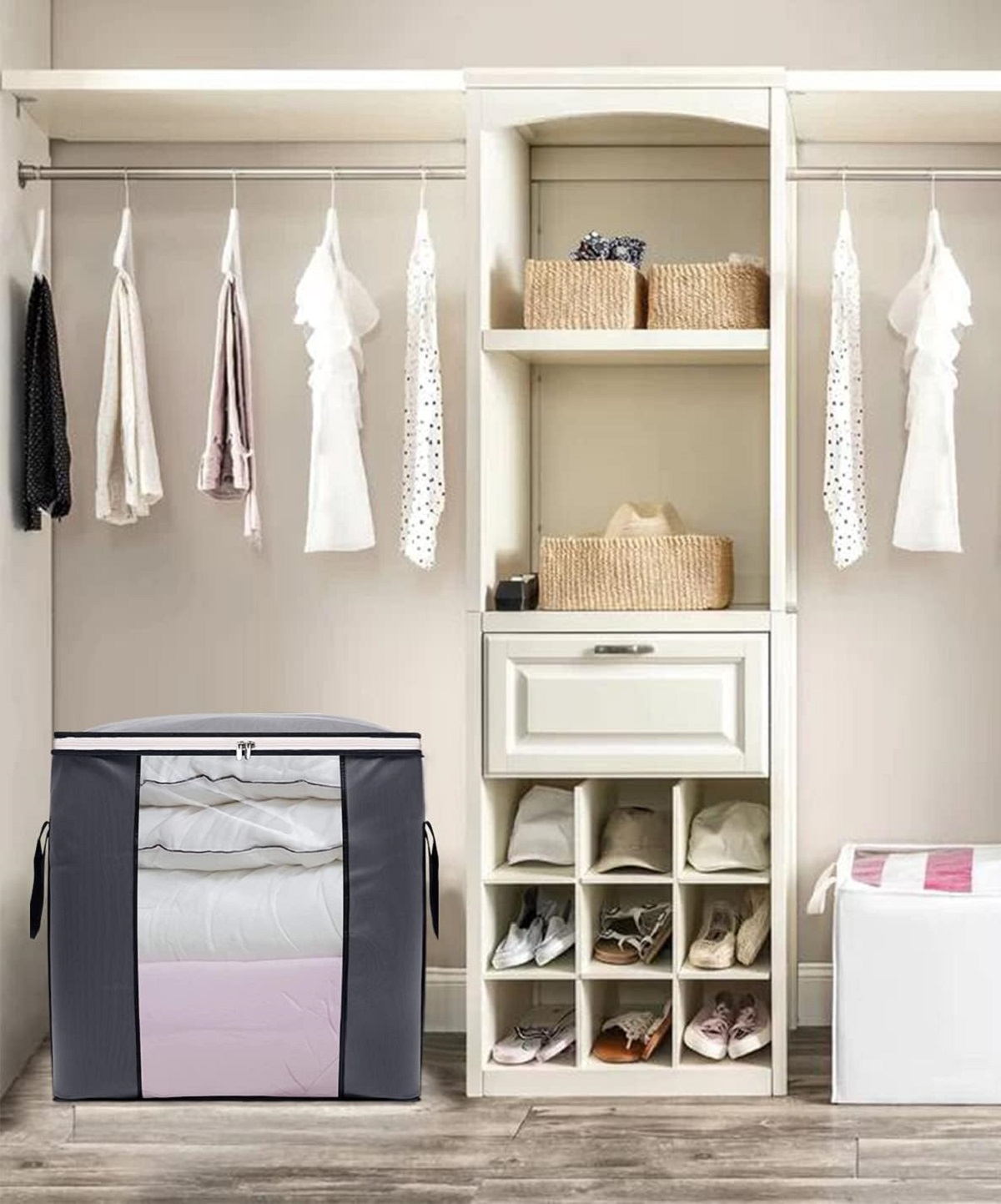
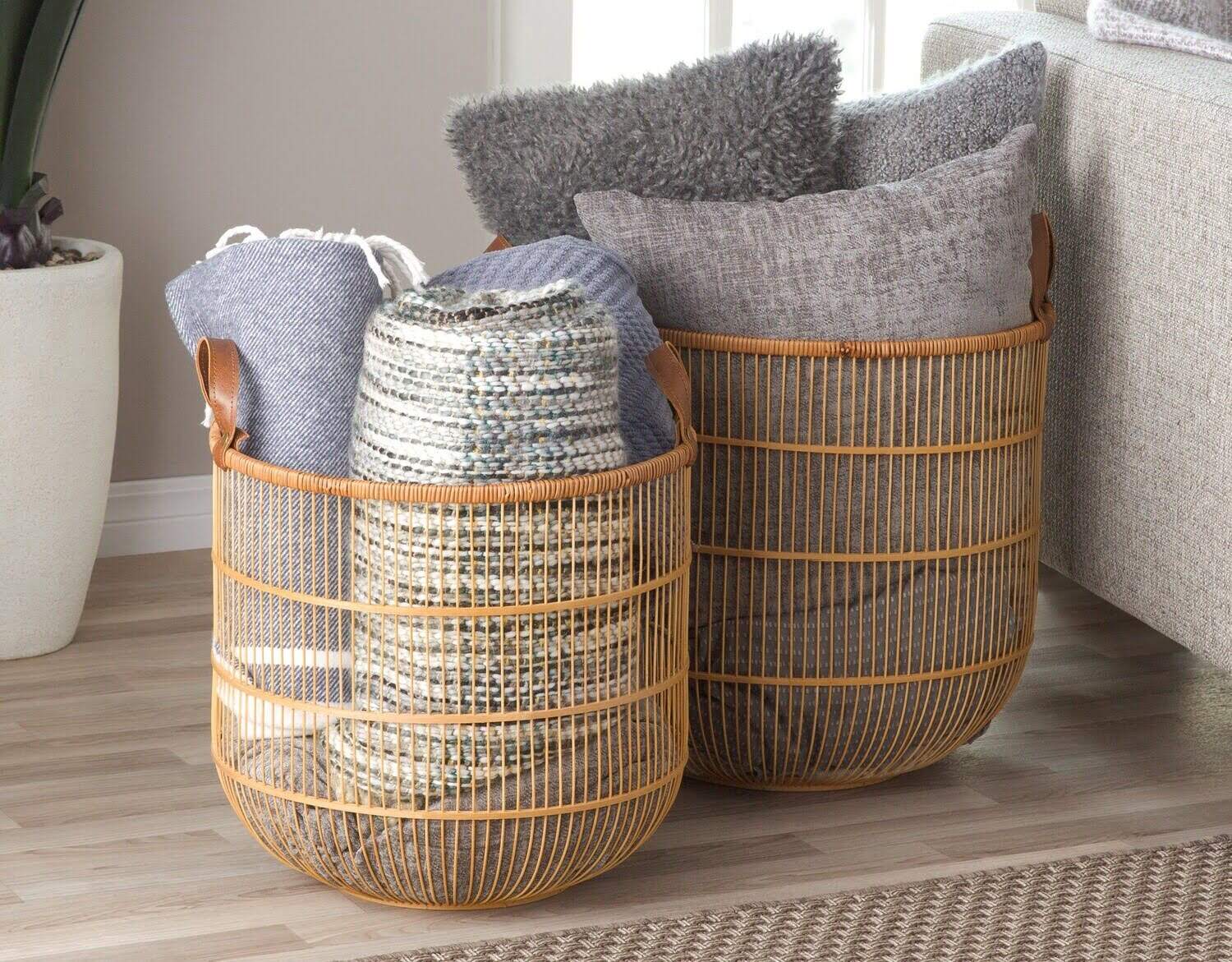

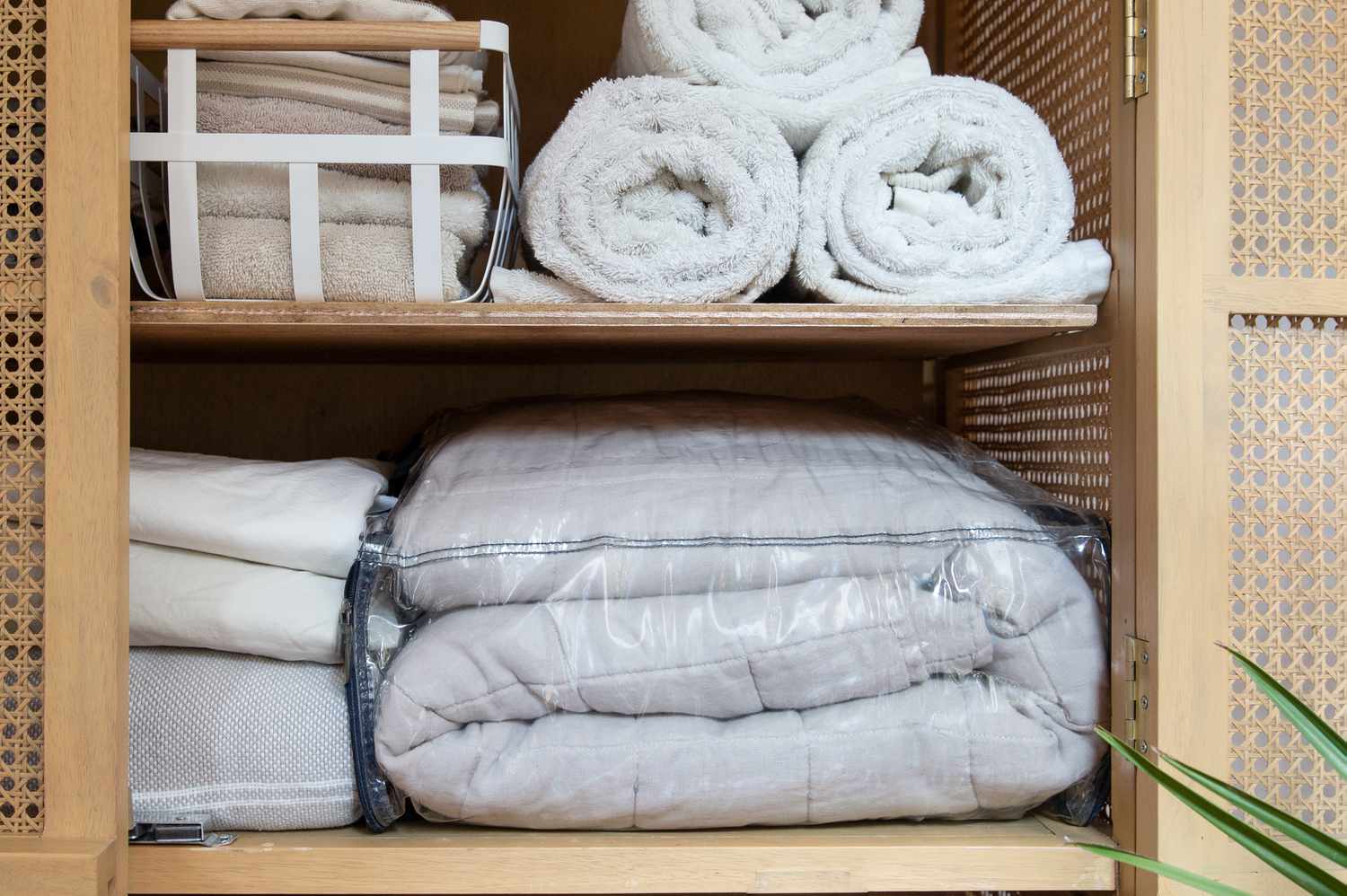
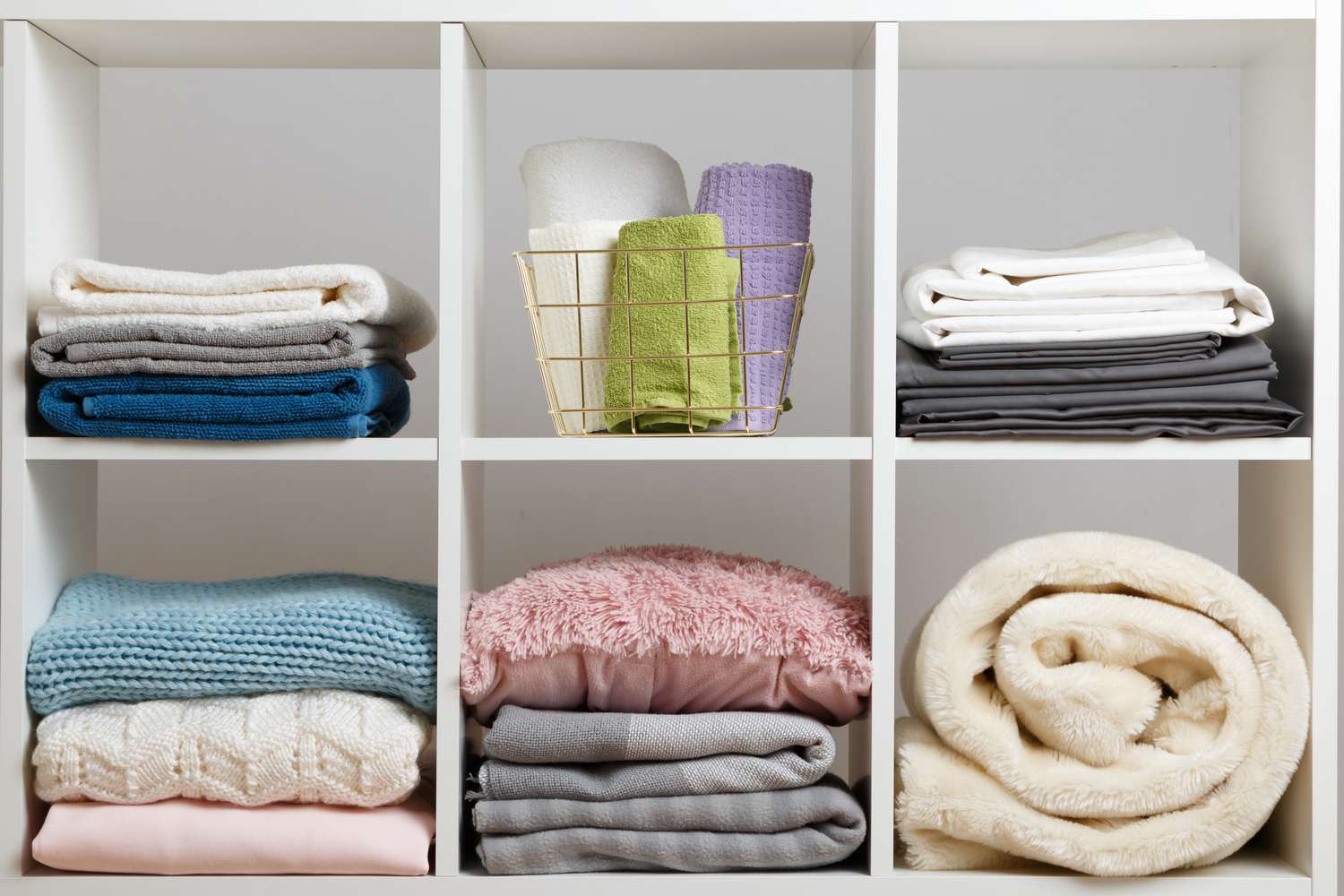
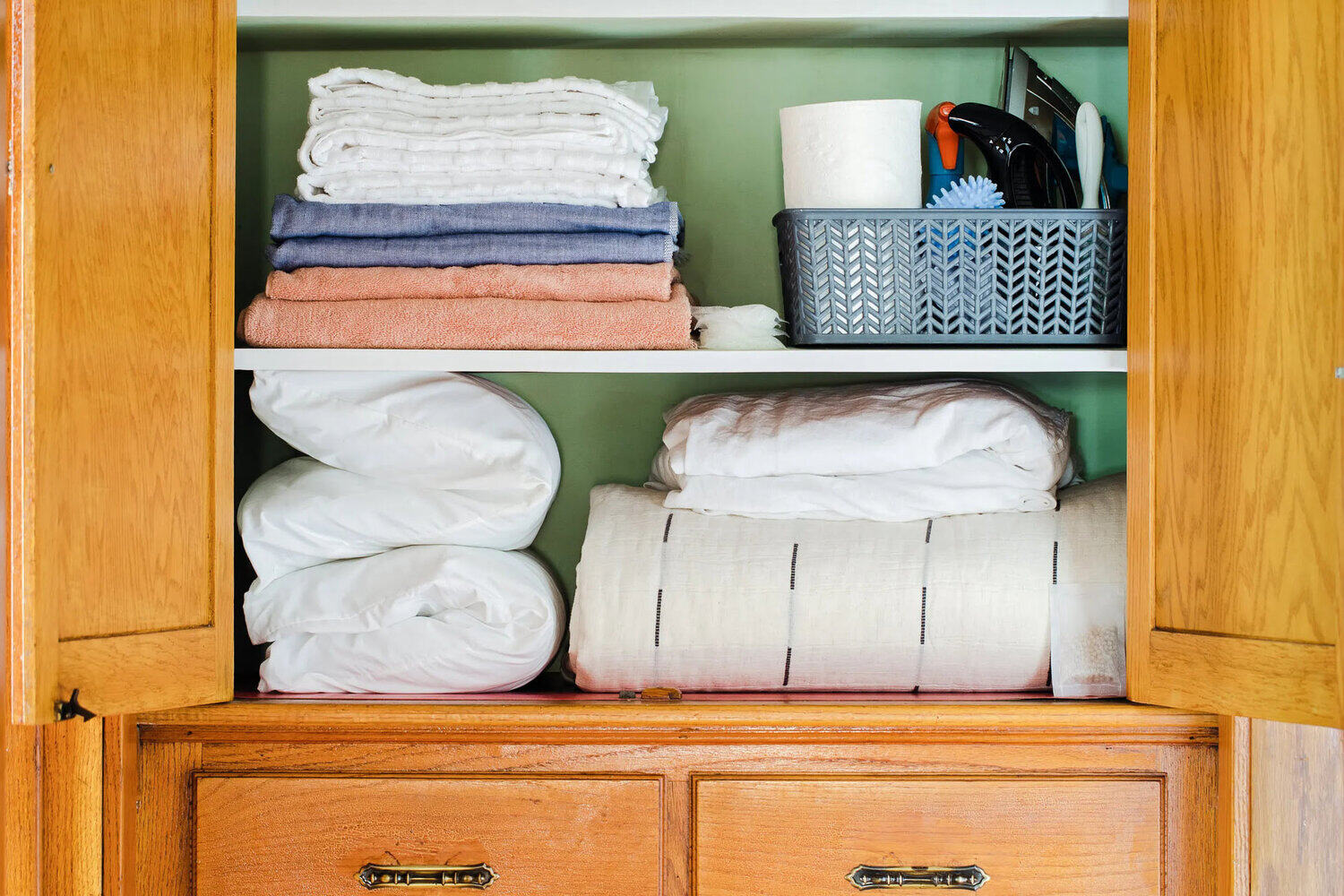

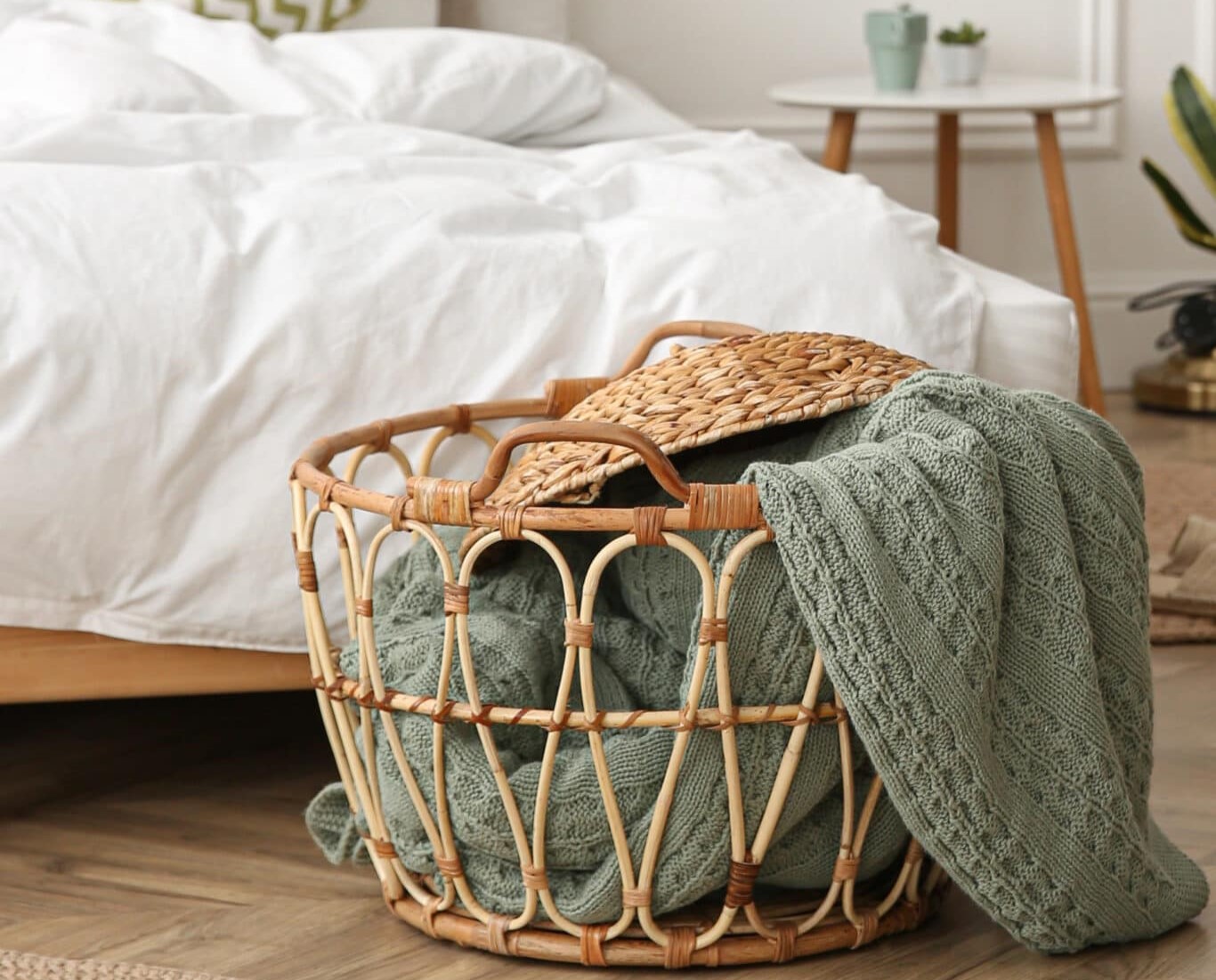



0 thoughts on “How To Store Comforters And Blankets”